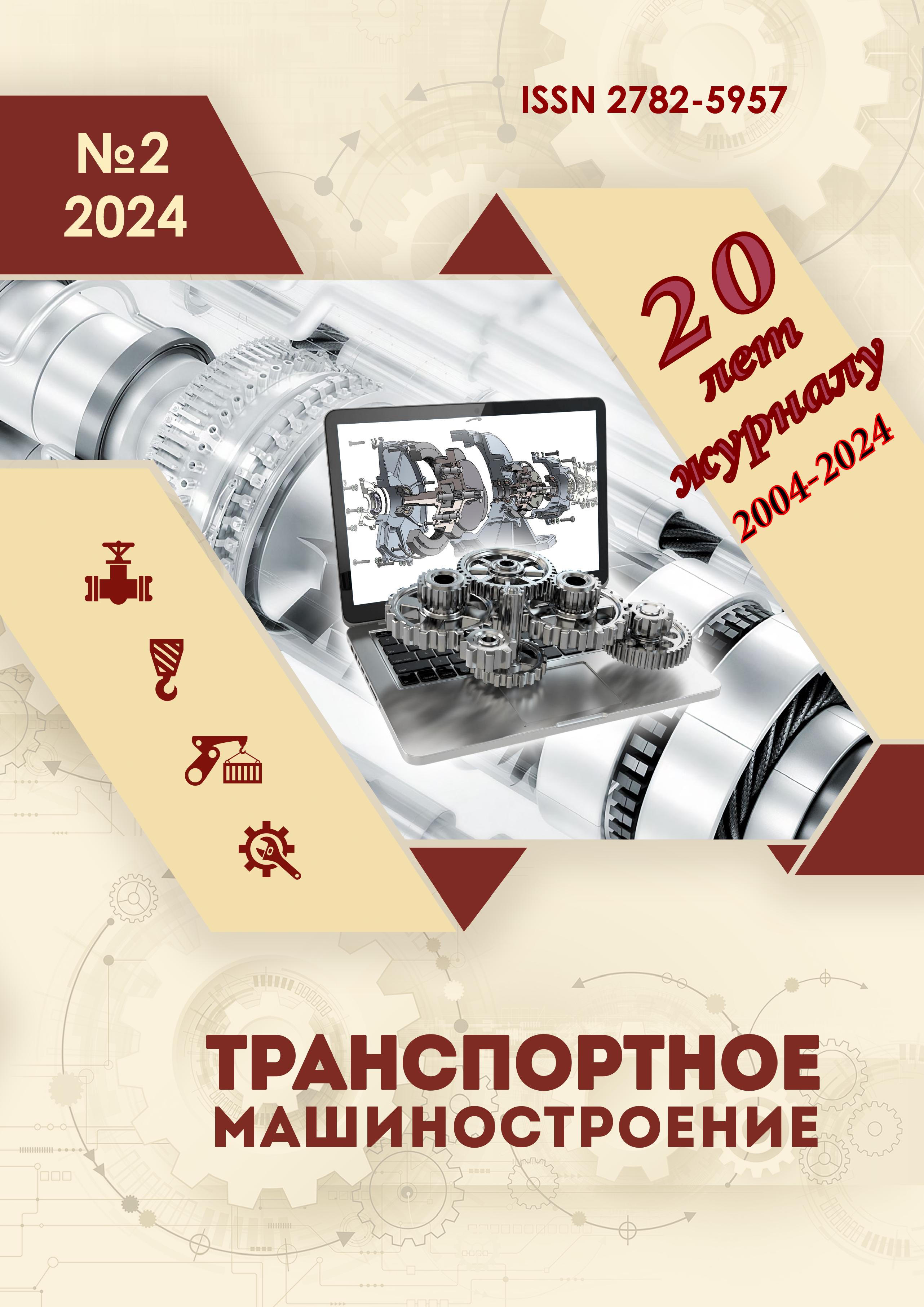employee
Bryansk, Bryansk, Russian Federation
Bryansk, Bryansk, Russian Federation
Russian Library and Bibliographic Classification 344
The necessity to predict optimal wear resistance of sliding couplers at the design stage is grounded. A tribological analysis of the wear of sliding couplers is carried out during the entire period of operation in various modes corresponding to the following stages: start-up, steady-state wear and shutdown. The existing approaches to solving contact problems in the interaction of solids, taking into account physico-mechanical processes in the surface layers of couplers during their wear, are analyzed. A wear model is proposed based on the destruction of the contacting surfaces of a coupler with the separation of particles, which size varies depending on the load characteristics, physico-mechanical and structural parameters, thermal properties, quality of the lubricant, etc. The results of testing prototypes for wear resistance and numerical implementation of the proposed model for predicting the wear resistance of a sliding coupler with similar characteristics are presented. It is found out that the proposed wear model makes it possible to predict (calculate) the wear resistance of a sliding coupler in a certain range by changing the initial data, thereby eliminating the need for rather laborious tests of couplers for wear under the influence of various factors.
coupler, friction, model, area, contact, material, prediction, intensity, wear, wear resistance
1. Babichev AP, Babushkina NA, Bratkovsky AM. Physical quantities: handbook. Moscow: Energoatomizdat; 1991.
2. Gorlenko AO, Davydov SV, Tikhomirov VP. Aspects of the nature of wear. Proceedings of Southwest State University. 2023;1:8-24.
3. Ibatullin ID. Kinetics of fatigue damage and destruction of surface layers: monograph. Samara: Samara State Technical University; 2008.
4. Kovshov AG. Kinetic, thermofluctuation nature friction surfaces of solid friction during wear. Izvestia of Samara Scientific Center of the Russian Academy of Sciences. 2020;3(95):37-43.
5. Kovshov AG. Effect of dynamic loading parameters when vibrating to equivalent stress and wear speed in sliding contact. Izvestia of Samara Scientific Center of the Russian Academy of Sciences. 2020;3(95):98-102.
6. Shets SP. Increasing the wear resistance of bearing friction units of machines and mechanisms [abstract of dissertation]. [Bryansk (RF)]; 2011.
7. Shets SP, Sakalo VI, Suslov AG. Correlation of bearing friction assemblies with abrasive wear of their tribo-coupling. Bulletin of Bryansk State Technical University. 2016;2(50):36-40.
8. Shets SP. Wearing out of nonstationary laden radical friction bearings. Bulletin of Bryansk State Technical University. 2007;1(13):13-19.
9. Shets SP, Gorlenko AO, Boldyrev DA. Wearing out of steel friction pairs at the level of the actual contact spot. Stal. 2022;2:27-32.
10. Shets SP. Modeling of wear processes in sliding bearings. Repair. Reconditioning. Modernization. 2008;3:32-37.






